Over the years, there has been intense coastal erosion at sections of the southeastern coastline of Ghana due to climate change.
Homes have been washed away with the sea eating deep into the communities of Agavedzi, Salakope, and Amutinu, rendering thousands of residents homeless. Remnants of their buildings are sitting beneath the sea.
This disaster has impoverished livelihoods, forcing some of the victims to flee to bigger settlements to earn a living and also be free from the ravages of the sea.
Sections in these communities were again attacked in February and March 2025, displacing over 600 residents. Their homes and belongings were washed away.
Some affected victims are keeping up in makeshift frond structures while others spend the nights in the open.
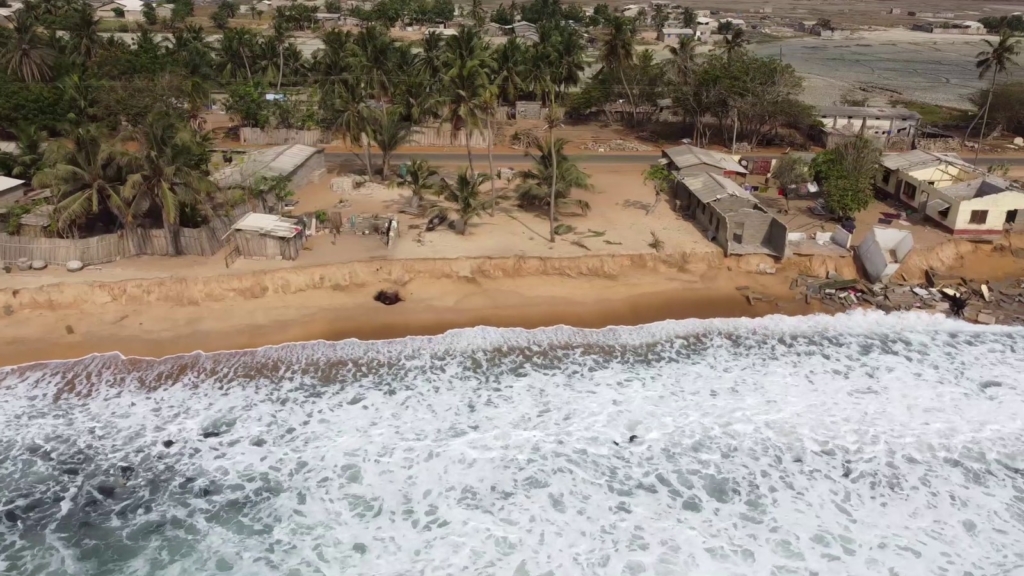
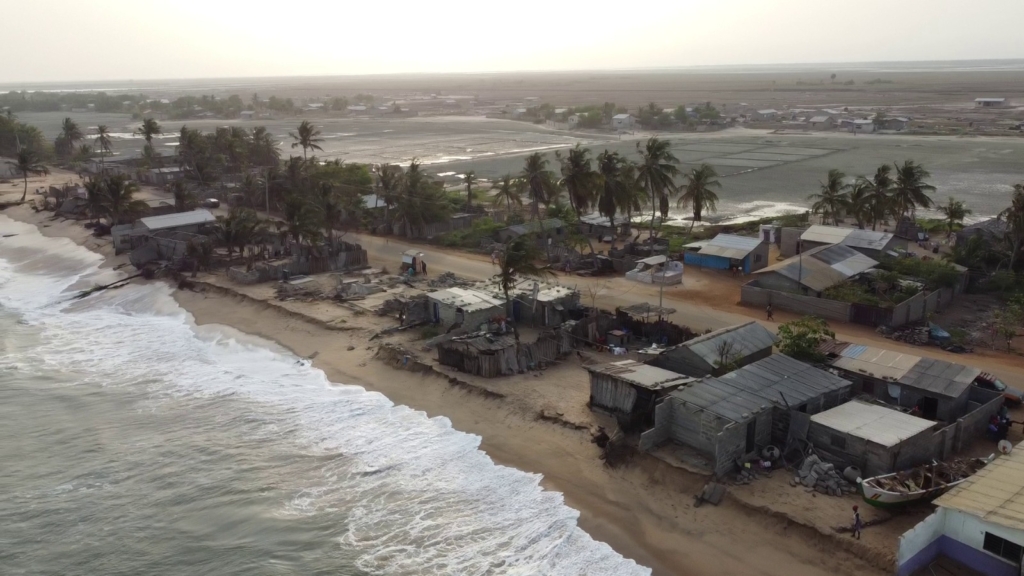
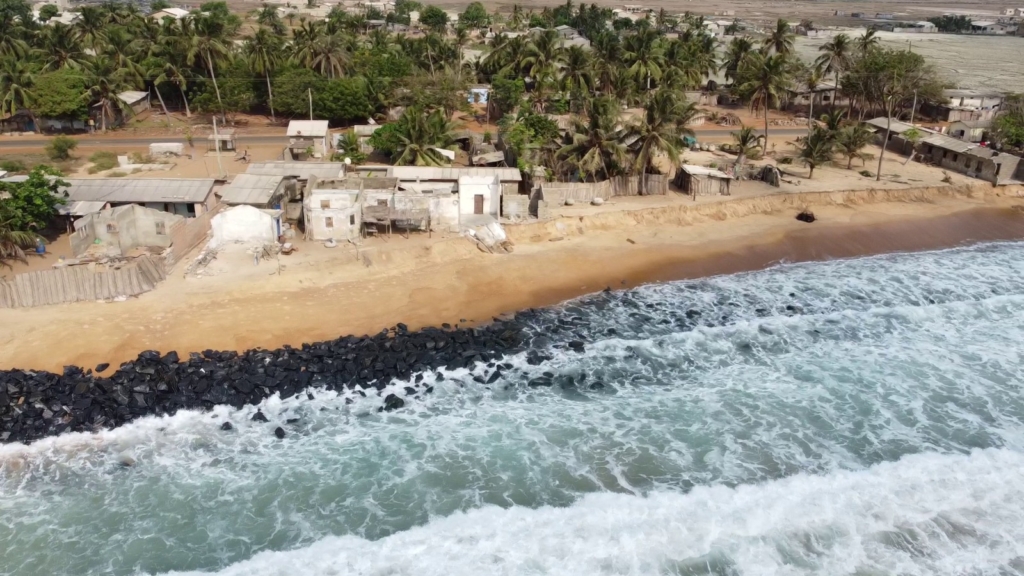
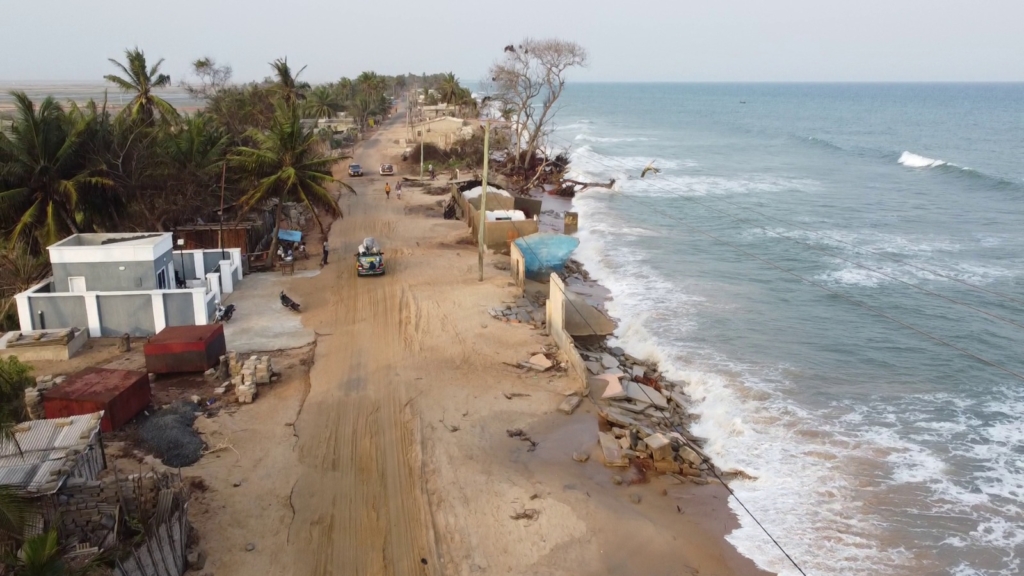
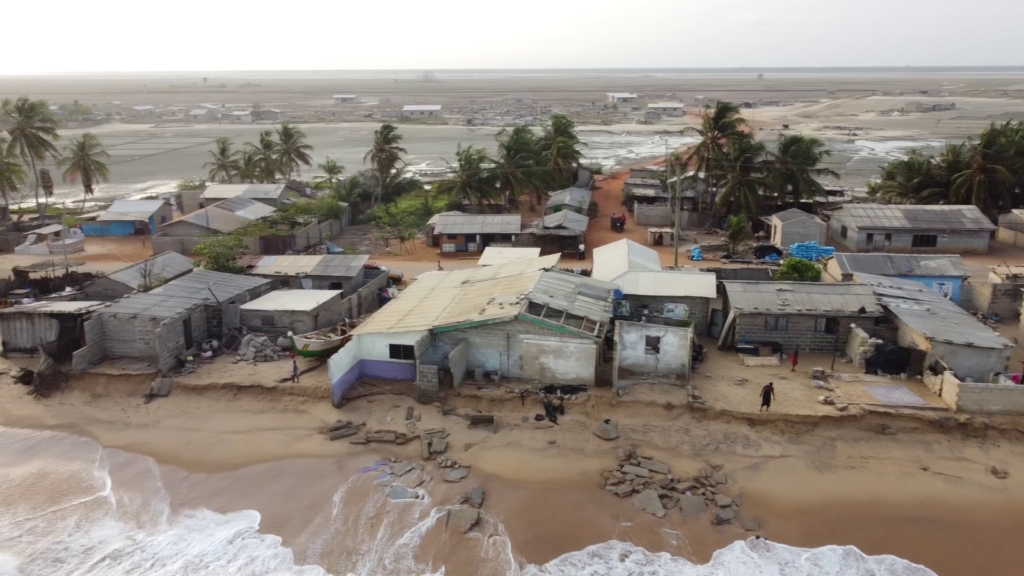











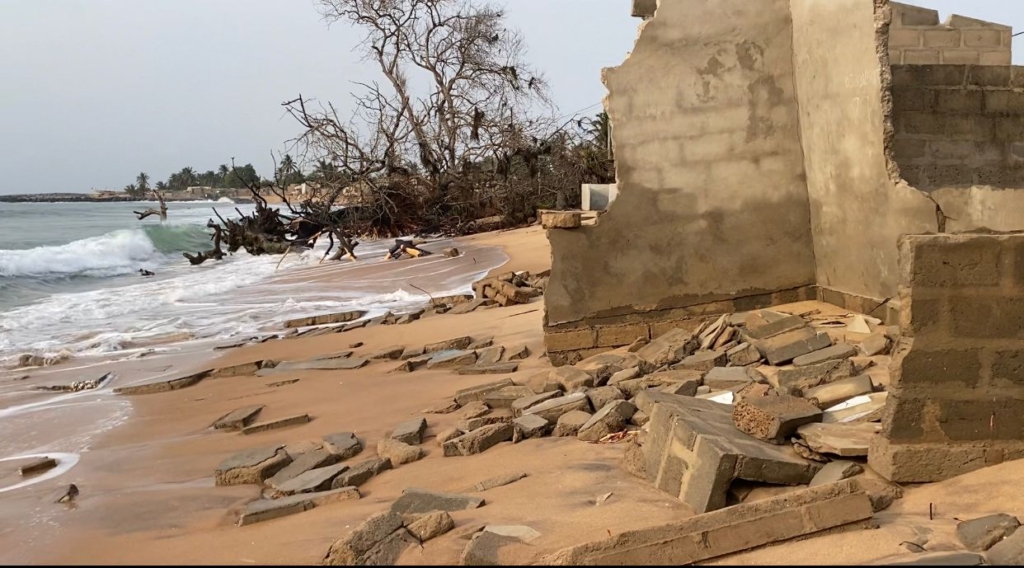
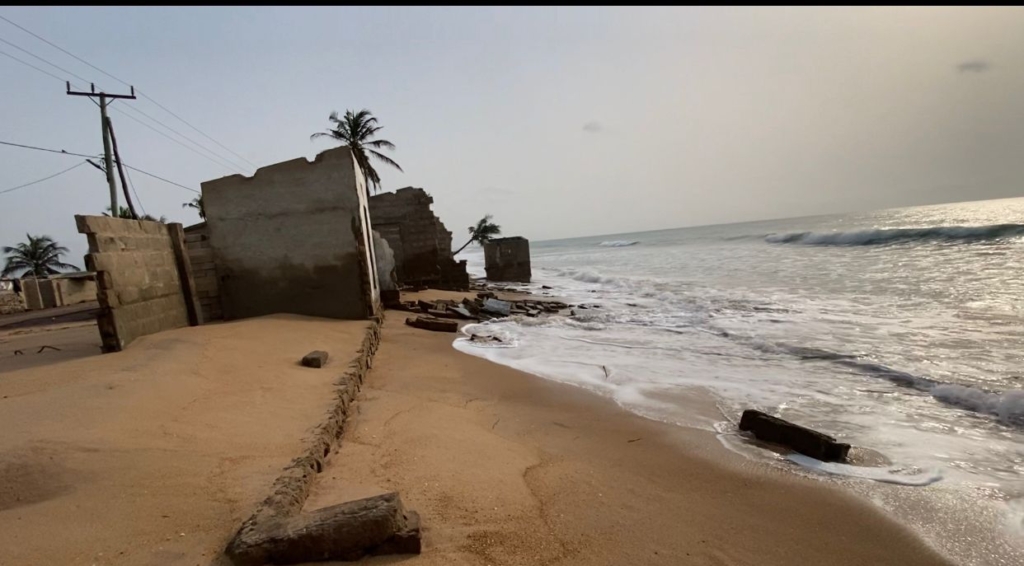
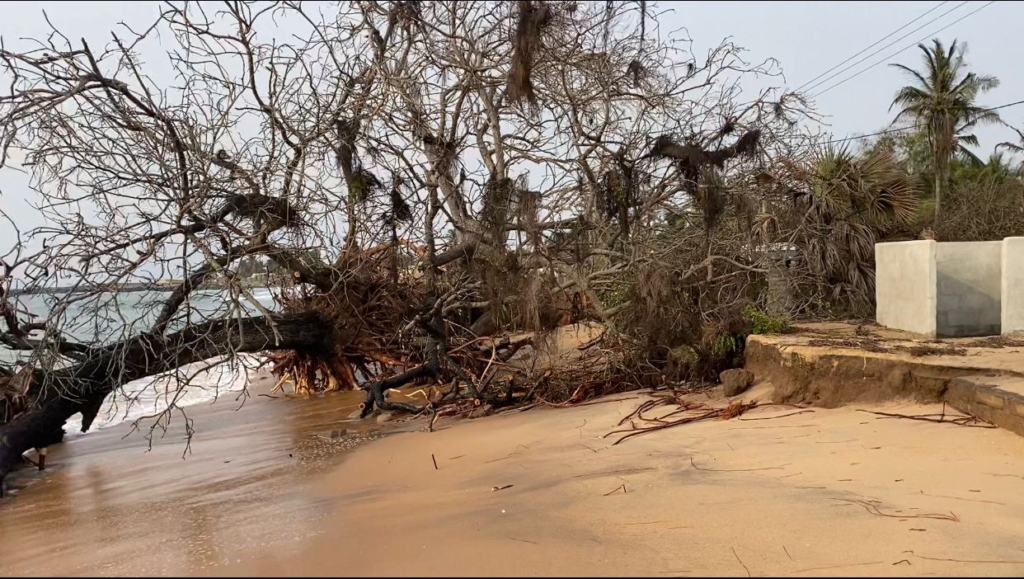
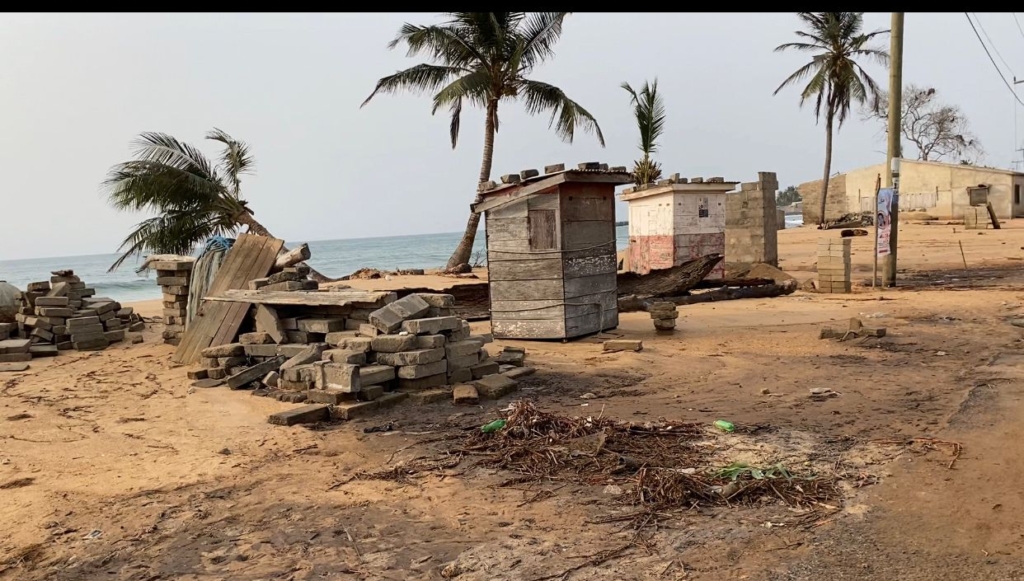
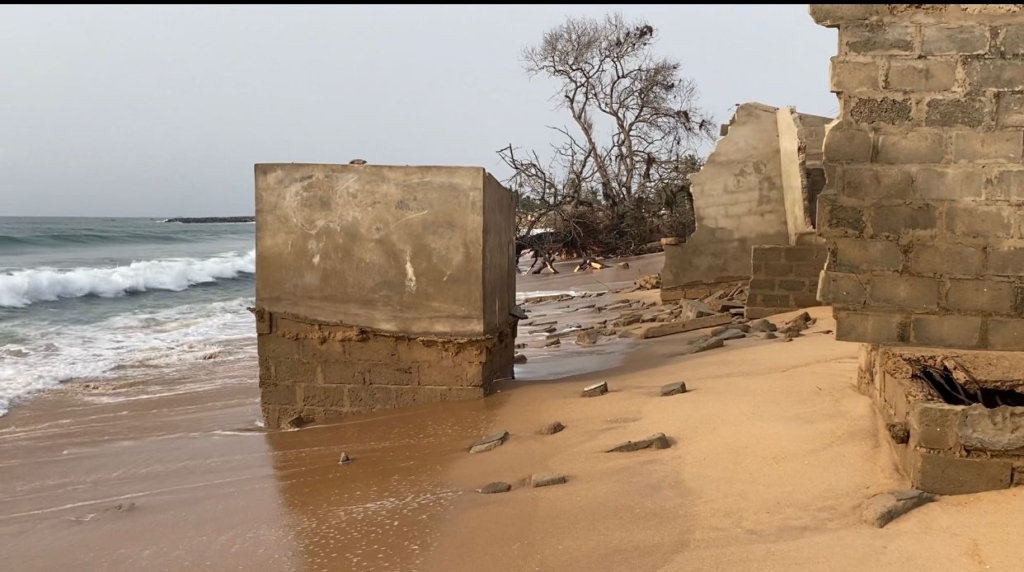
Considering the indication on the well, about 2.5 feet of sand had been eroded by the sea.
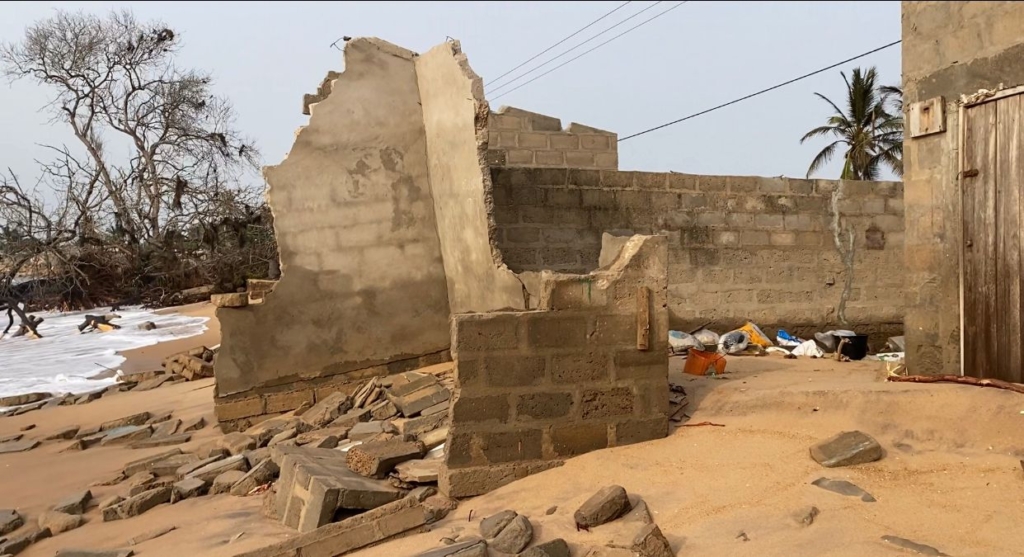
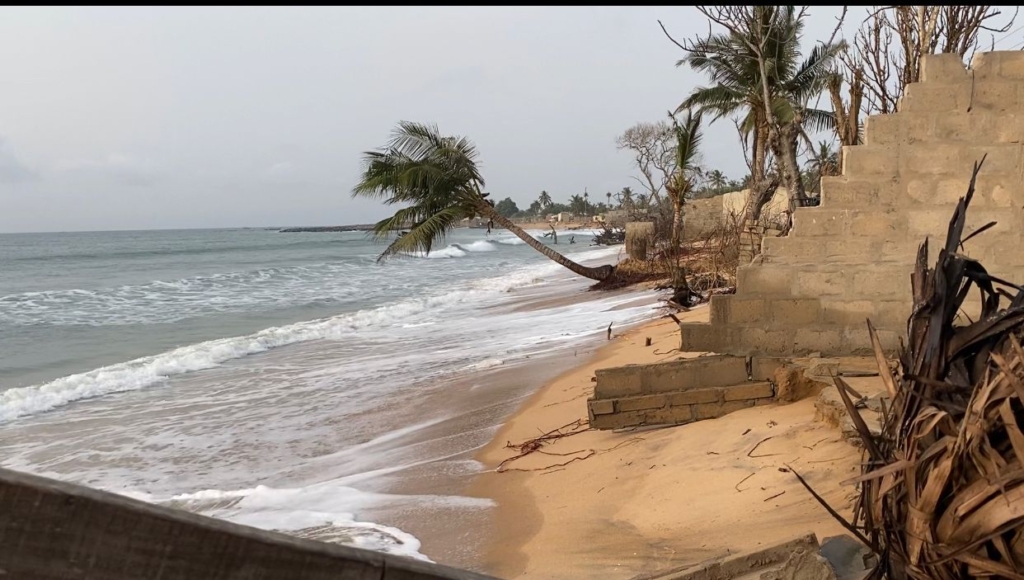







Latest Stories
-
Togbe Afede destools Dutor of Ho-Bankoe, Togbe Afiatsoa III, over alleged disrespect and misconduct
10 minutes -
Closing the Gap: How Technology is Curbing Tax Revenue Leakages in Ghana
11 minutes -
GhIE and Engineering Council to get rid of unlicensed engineers by July 2025
11 minutes -
Hohoe Presby Ghana Basic School wins Led Concept Global Quiz competition
16 minutes -
Declare a ‘state of emergency’ over Lake Bosomtwe to save it from drying – Scientists appeal to Asantehene
26 minutes -
Stayter Cup 2025: Asanska FC beat Siktad Academy to win inaugral edition
33 minutes -
Gov’t to facilitate safe return of US deportees – Ablakwa
35 minutes -
Be ready to access markets by meeting required standards – Goosie Tanoh
36 minutes -
Denis Marfo receives call-up to Ghana’s U-20 squad ahead of AFCON
44 minutes -
MEST Africa, Mastercard Foundation announce selection of 12 companies for second cohort of EdTech Fellowship in Ghana
45 minutes -
Broken promises of a 30-year lease – Damang Youth demand accountability from Goldfields
59 minutes -
Africa Energy Chamber advocates strategies to close about $20bn annual Africa energy infrastructure deficit
60 minutes -
Author Ralph to celebrate 20 years of book writing and publishing
1 hour -
Ghana is bleeding billions – Can we afford to stay silent?
1 hour -
Accra dysfunctional streetlights raise safety concerns
1 hour

